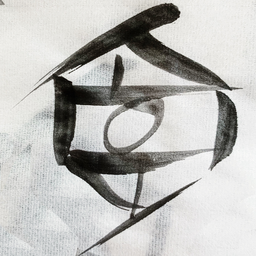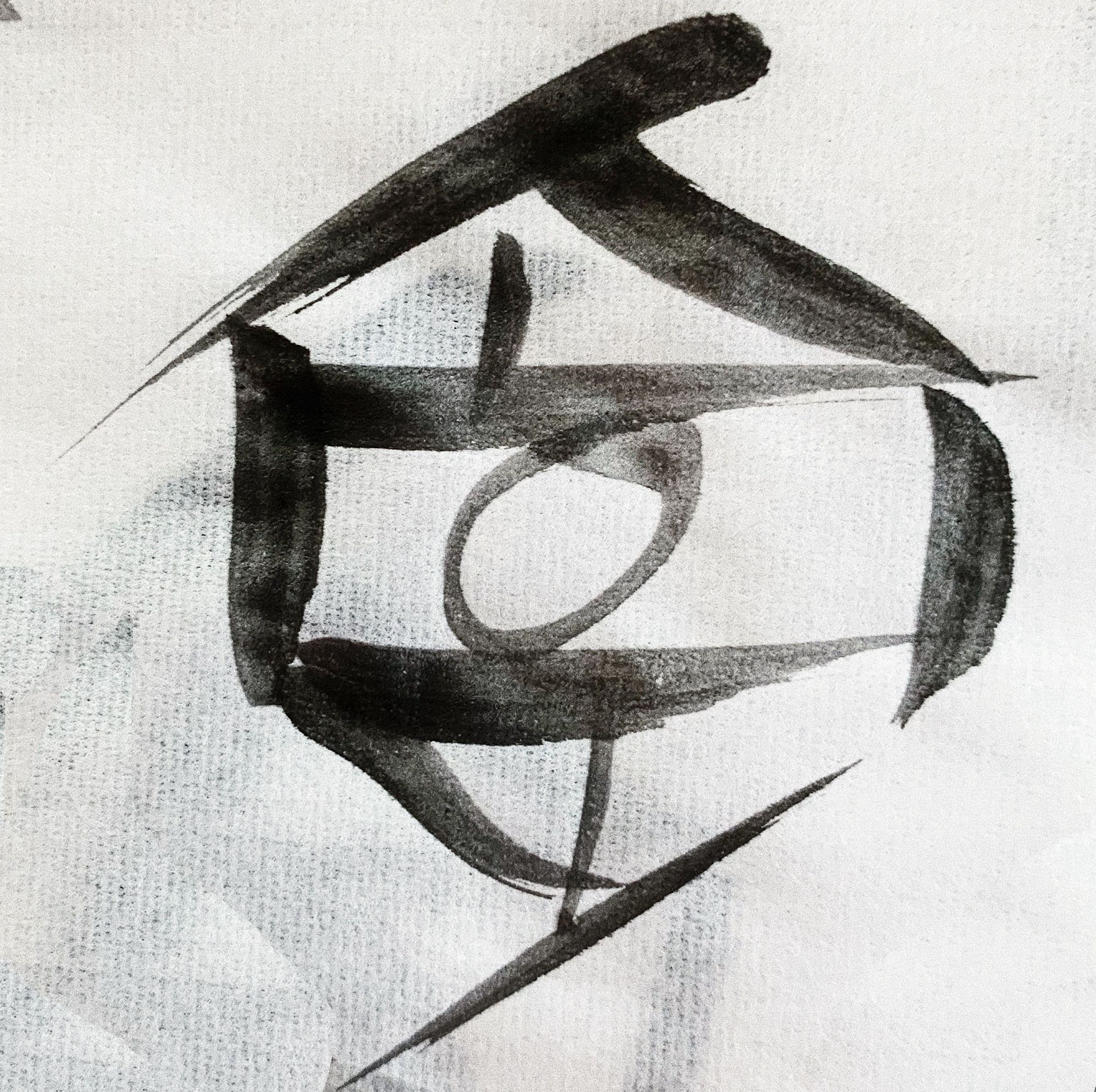The Beginning is a Terrible Place to Start

Whenever I run a crit group, I find myself giving the same recommendation over and over and over again: start your book somewhere else.
It seems obvious, right? You start telling your story at the beginning. But, here’s the thing about beginnings, nothing is happening yet. The beginning of the story is, by definition, before the interesting stuff.
Any scene in a book, especially at the start of a book needs to be doing more than one thing at once. Any story is dense, but a novel more so. There’s an enormous amount of information that needs to be transmitted to the audience as quickly as possible. Characters, stakes, arcs, worldbuilding, story promises, inciting incidents. All of this needs to be laid out in a way that not only makes what your book is as clear as possible, but engages the reader fully. Too little and they get bored and wander off.
If your scene is only doing one thing: whether that’s introducing a character or telling us about a worldbuilding element or introducing a plot point, that’s not engaging enough. You need to find a way to do more than one, ideally all three, at once.
Generally, if you’re starting the story where your protagonist starts to get involved, or is getting the back story to understand the inciting incident, then you’re really only working at one or two levels at once. A stronger start can be to push on the boundaries of linear, temporal storytelling, or layer in another point of view.
Yesterday, I wrote about tension. About how establishing stakes can help you grab your reader and pull them into your book. I didn’t talk about how to do that. Eventually, you’ll start to care about the character yourself and then the stakes are the reader’s own relationship with the character. But at the start, you can’t rely on that.
Start too slow, start at the beginning, and you’ll lose your reader because there’s not enough happening. Start too late, at the climax of the action, and you’ll lose your reader because they’re confused and indifferent to the outcome.
The trick is to do both at the same time. Consider how you can move your entry point into the story forward. If you jump ahead you have the opportunity to layer in more elements. Move to a point where things are already in motion, then you can tell us more about how the character feels about the situation, layer in a short flashback to what got them to this place. It adds more opportunities for introspection, for planning, for context to a reaction they’re about to have.
Consider if your inciting incident is actually all that inciting. Is it really the thing that drives the interesting questions of the book? What if that already happened? What if we’re seeing it in the rear view mirror of a character speeding off to meet their fate? Is there a way to see it through different eyes, retold by another character? What frames it in a way that we learn about what happened, who did it, why they did it, and the world they did it in all at once?
You can give us what we need to know to establish tension and show us the potential consequences of that tension breaking the wrong way and establish the rules of your world all at the same time. You don’t have to do each of those things in isolation, step by step.
I often describe a novel as a layer cake. A short story is a quick bread, a loaf of cake, syrup drizzled onto a dry crumb. A novella a birthday cake of two, three slabs of yellow cake, chocolate cake, a dab of buttercream. A novel is at least a tiered wedding cake or, my true preference, a god damn millefeuille.
Layers, texture, density of experience. This is what makes a great read, in my opinion. Give us as much density of information as you can at every moment with the greatest comprehensibility. Don’t make us think about absorbing that information, but layer it in to every sentence, every scene. Don’t make us work for it but don’t leave us wanting either.
Don’t start at the beginning. Start at the interesting.
